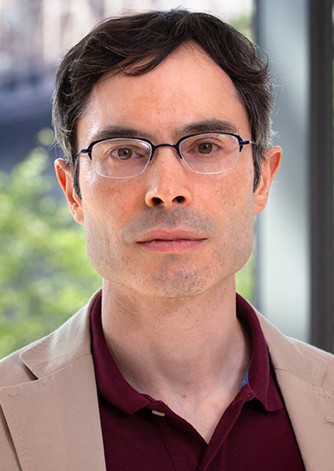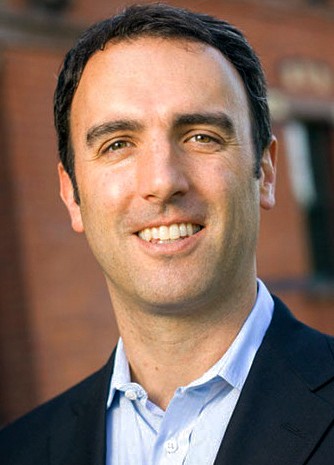Financial institutions are increasingly using new technologies to deploy existing resources to deliver transaction, payment and asset-management services.
To capitalize on these rapidly expanding innovations in financial technology, Cornell has established a new FinTech Certificate Program. Participants will not only identify key advances in the fintech landscape, but also analyze opportunities in financial technology and blockchain.
"Silicon Valley and Silicon Alley are … leading the charge into fintech with blockchain technology and machine learning," said program author Ari Juels, the Weill Family Foundation and Joan and Sanford I. Weill Professor at Cornell Tech. "Those working in financial services should take heed."
"Advances in technology have revolutionized the way the financial sector does business, and, by extension, how we all do business," said Drew Pascarella, associate dean for MBA programs and senior lecturer of finance at the Samuel Curtis Johnson Graduate School of Management. "It is imperative that everyone within the financial services ecosystem understands these key trends."
Financial services professionals, consultants, software companies who sell to financial services and others in the banking and financial sectors will find value in this certificate program, available online through eCornell.
The FinTech Certificate program consists of four two-week courses, including:
- FinTech Disruptions;
- Trends in FinTech;
- Cryptocurrencies and Ledgers;
- Cryptography Essentials.
After completion of the four courses, participants will earn a fintech certificate from Cornell SC Johnson College of Business, and 40 professional development hours.
- Kristi Gaylord








